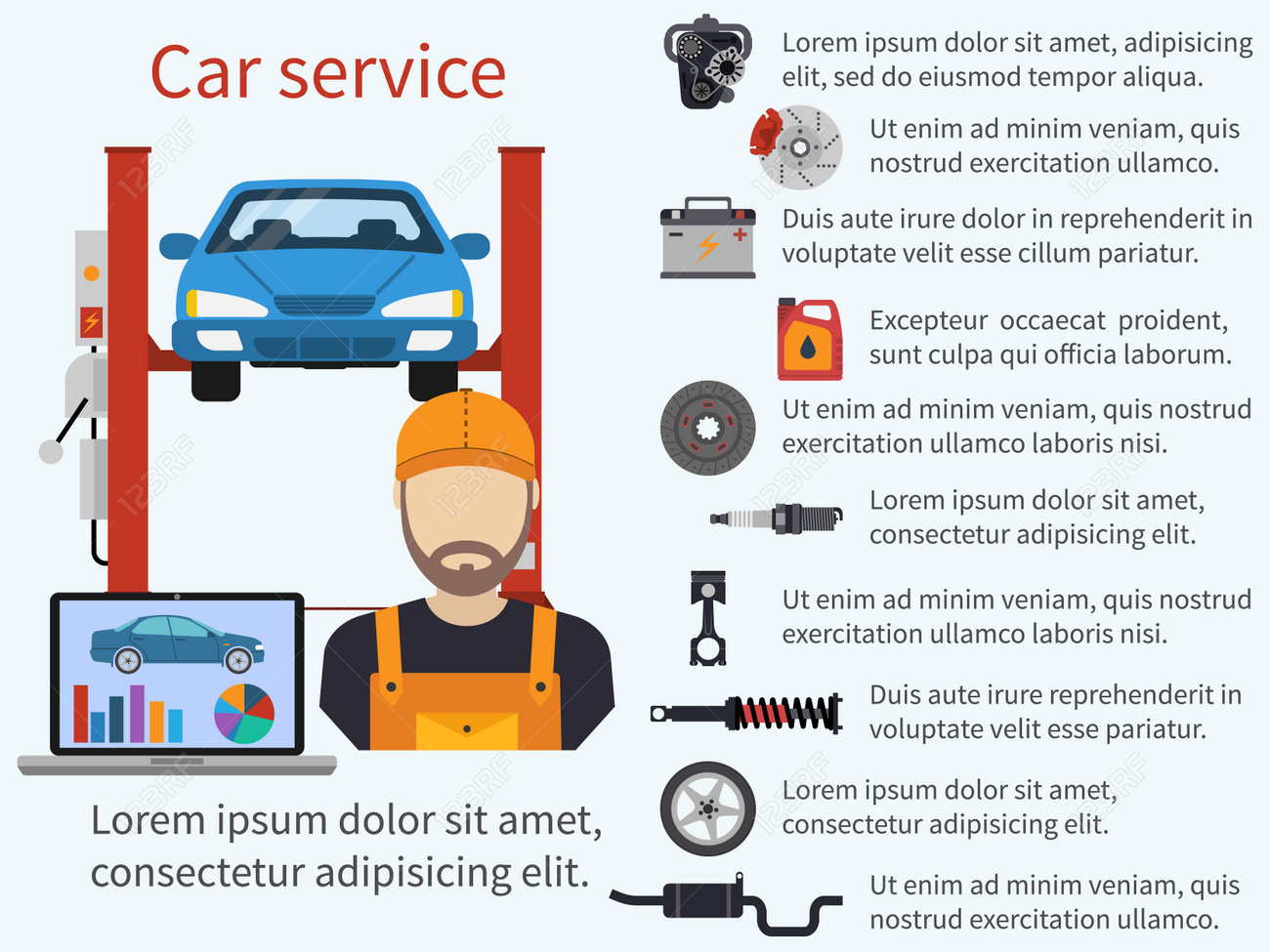Comprehending Your Auto'S Warning Lighting: What Do They Truly Mean?
Comprehending Your Auto'S Warning Lighting: What Do They Truly Mean?
Blog Article
Short Article Written By-Sykes Stark
When you lag the wheel, those beautiful caution lights on your dashboard can be a little bit difficult. Do you recognize what they're trying to tell you regarding your automobile's wellness? Understanding the significance of these lights is important for your safety and security and the long life of your car. So, the following time one of those lights pops up, wouldn't you wish to decode its message accurately and take the essential actions to resolve it?
Common Caution Lighting and Interpretations
Determine typical warning lights in your automobile and comprehend their meanings to guarantee safe driving.
The most typical warning lights include the check engine light, which signals issues with the engine or emissions system. If this light begins, it's important to have your car examined without delay.
The oil pressure advising light shows reduced oil pressure, needing instant attention to avoid engine damage.
A blinking battery light could suggest a malfunctioning charging system, possibly leaving you stranded if not dealt with.
The tire pressure surveillance system (TPMS) light informs you to reduced tire stress, impacting vehicle security and gas performance. Ignoring this could lead to harmful driving problems.
The abdominal light indicates a trouble with the anti-lock braking system, compromising your capability to stop rapidly in emergency situations.
Last but not least, the coolant temperature level alerting light warns of engine getting too hot, which can result in serious damage if not resolved quickly.
Recognizing these typical warning lights will certainly aid you address issues promptly and maintain risk-free driving conditions.
Significance of Prompt Focus
Comprehending the typical warning lights in your car is just the first step; the relevance of immediately resolving these warnings can not be stressed enough to guarantee your security when driving.
When a warning light brightens on your dashboard, it's your cars and truck's way of interacting a possible issue that requires interest. Overlooking these cautions can bring about more severe problems later on, endangering your safety and possibly costing you more out of commission.
Motivate attention to warning lights can stop breakdowns and accidents. For example, a blinking check engine light can suggest a misfire that, if left unattended, could cause damages to the catalytic converter. Addressing this without delay can save you from an expensive fixing.
In a similar way, a brake system warning light might signal low brake liquid or used brake pads, important elements for your safety when driving.
DIY Troubleshooting Tips
If you observe a caution light on your dashboard, there are a couple of DIY repairing pointers you can attempt before seeking specialist help.
The very first step is to consult your vehicle's guidebook to understand what the specific warning light shows. Occasionally car wash pakuranga can be as basic as a loose gas cap causing the check engine light. Tightening up the gas cap may deal with the trouble.
An additional typical issue is a reduced battery, which can activate various cautioning lights. Checking the battery links for deterioration and ensuring they're safe and secure may deal with the problem.
If a warning light lingers, you can try resetting it by separating the auto's battery for a couple of minutes and then reconnecting it. Additionally, inspecting just click the next document , such as oil, coolant, and brake liquid, can aid repair warning lights connected to these systems.
https://brakerepair72615.mybuzzblog.com/10830535/thorough-interview-ideal-practices-disclosed-by-a-specialist-automobile-detailer
In conclusion, understanding your car's warning lights is necessary for keeping your lorry running efficiently and securely. By immediately addressing these signals and knowing what they imply, you can prevent pricey repairs and potential malfunctions.
Keep in mind to consult your auto's handbook for specific information on each advising light and act appropriately to ensure a trouble-free driving experience.
Stay informed, remain risk-free when driving!
